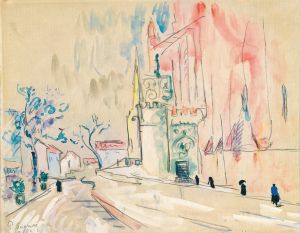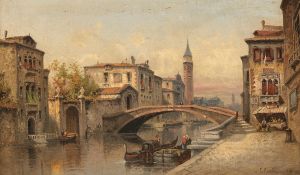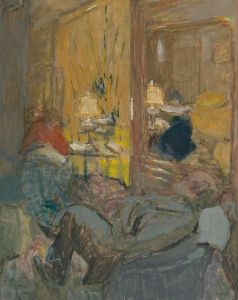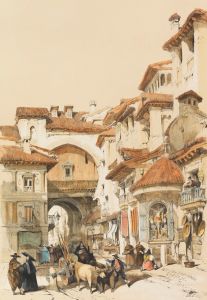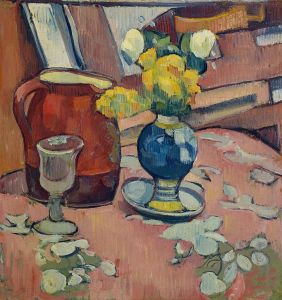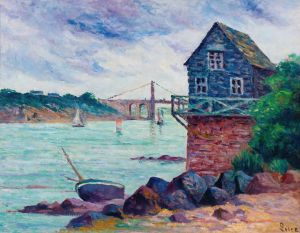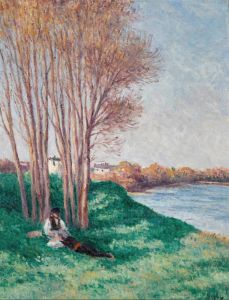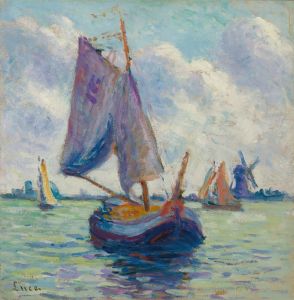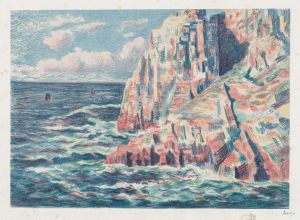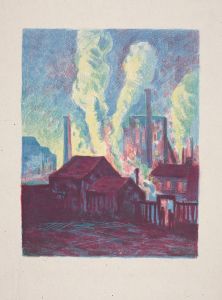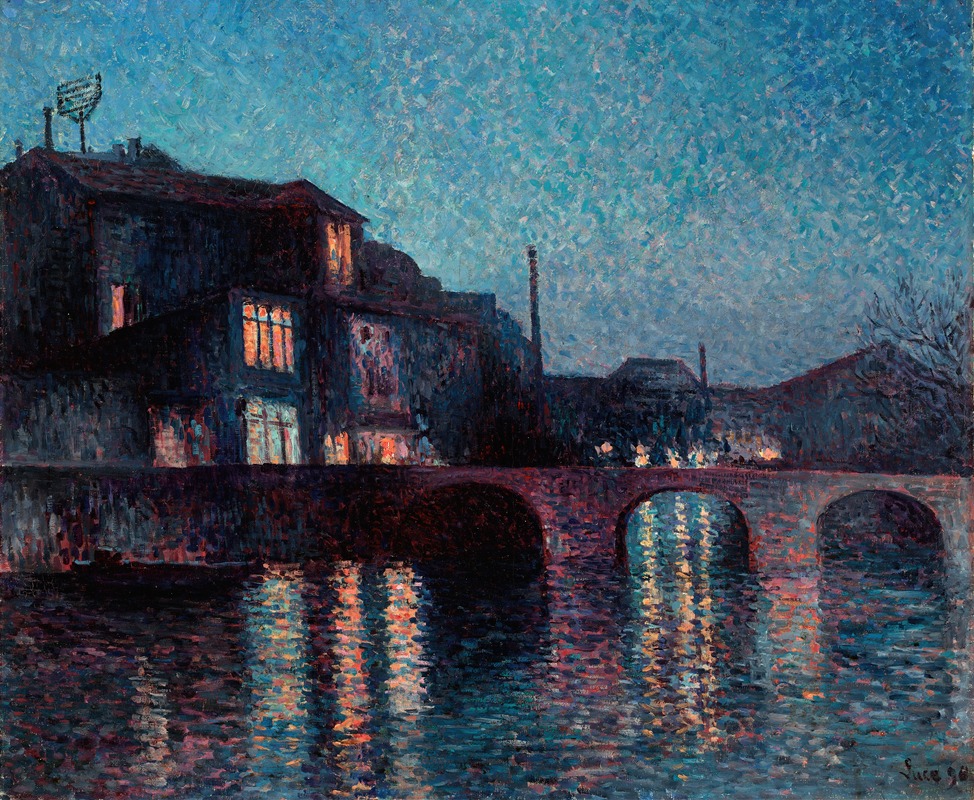
The River Sambre in Charleroi
A hand-painted replica of Maximilien Luce’s masterpiece The River Sambre in Charleroi, meticulously crafted by professional artists to capture the true essence of the original. Each piece is created with museum-quality canvas and rare mineral pigments, carefully painted by experienced artists with delicate brushstrokes and rich, layered colors to perfectly recreate the texture of the original artwork. Unlike machine-printed reproductions, this hand-painted version brings the painting to life, infused with the artist’s emotions and skill in every stroke. Whether for personal collection or home decoration, it instantly elevates the artistic atmosphere of any space.
Maximilien Luce's painting "The River Sambre in Charleroi" is a notable work by the French Neo-Impressionist artist, known for his contributions to the Pointillist movement. Born in 1858, Luce was a contemporary of Georges Seurat and Paul Signac, and he was deeply influenced by their techniques and the broader Impressionist movement. His works often depict scenes of everyday life, industrial landscapes, and urban settings, reflecting both the beauty and the social realities of his time.
"The River Sambre in Charleroi" captures a scene along the Sambre River in the Belgian city of Charleroi, an area known for its industrial activity during the late 19th and early 20th centuries. Charleroi was a significant center for coal mining and steel production, which made it an important location for artists interested in the industrial landscape. Luce's choice of this setting reflects his interest in the interplay between nature and industry, a common theme in his work.
The painting is executed in the Pointillist style, characterized by the use of small, distinct dots of color applied in patterns to form an image. This technique was developed by Georges Seurat and Paul Signac, and Luce adopted it to explore the effects of light and color in his compositions. In "The River Sambre in Charleroi," Luce uses this method to capture the shimmering reflections on the water and the atmospheric effects of the industrial landscape.
Luce's work often carried a social message, and his depiction of Charleroi can be seen as a commentary on the industrialization of Europe and its impact on both the environment and the working class. The painting may reflect the dual nature of industrial progress, showcasing both the beauty of technological advancement and the environmental and social challenges it posed.
Throughout his career, Luce was associated with anarchist movements and was known for his commitment to social justice, which often informed his artistic choices. His paintings not only document the physical landscapes of his time but also engage with the social and political issues of the era.
"The River Sambre in Charleroi" is an example of Luce's ability to blend artistic innovation with social commentary. It stands as a testament to his skill in capturing the essence of a place and moment in time, using the Pointillist technique to convey both the vibrancy and complexity of the industrial age. The painting remains an important piece within Luce's oeuvre and continues to be appreciated for its artistic and historical significance.





